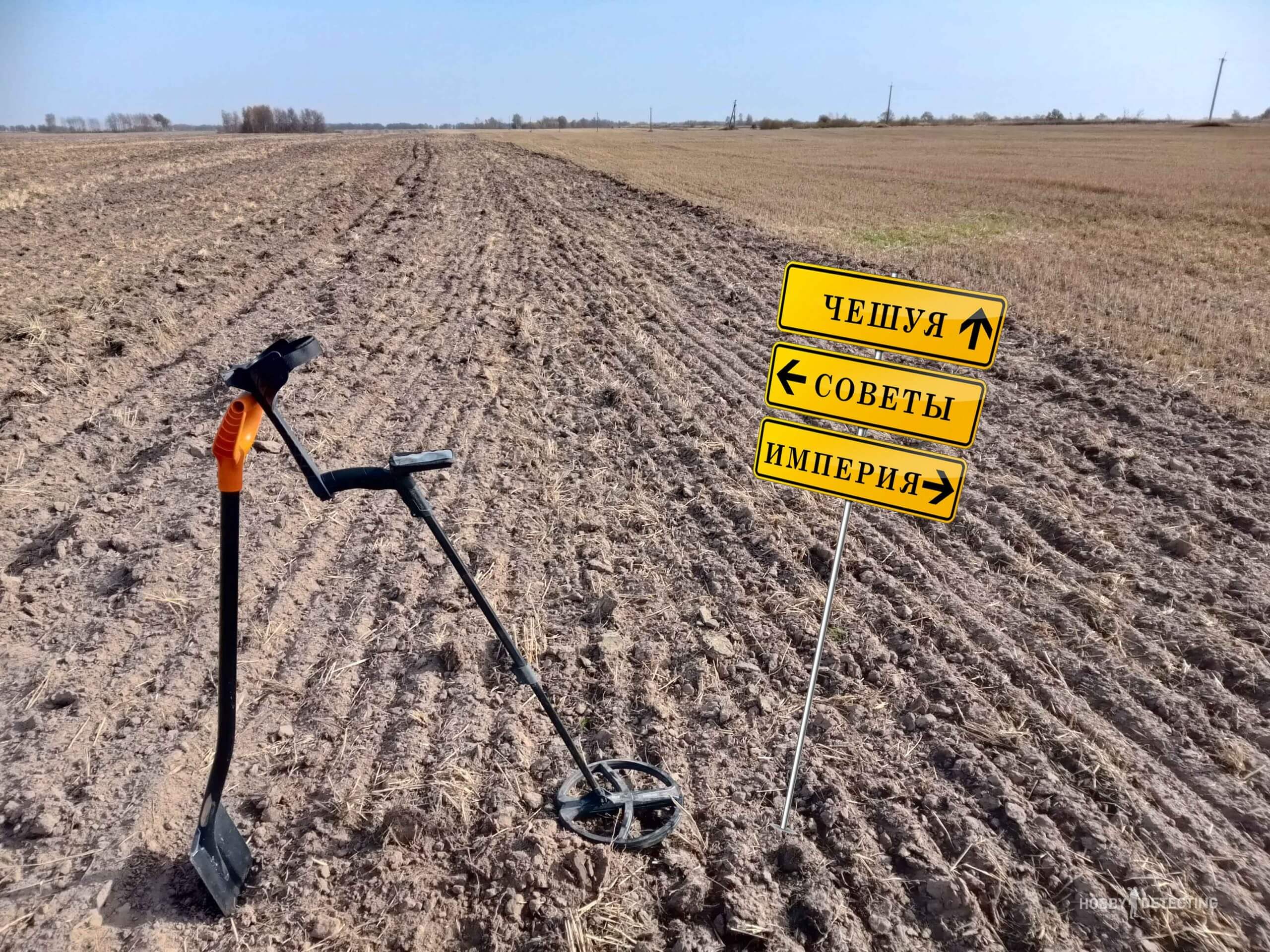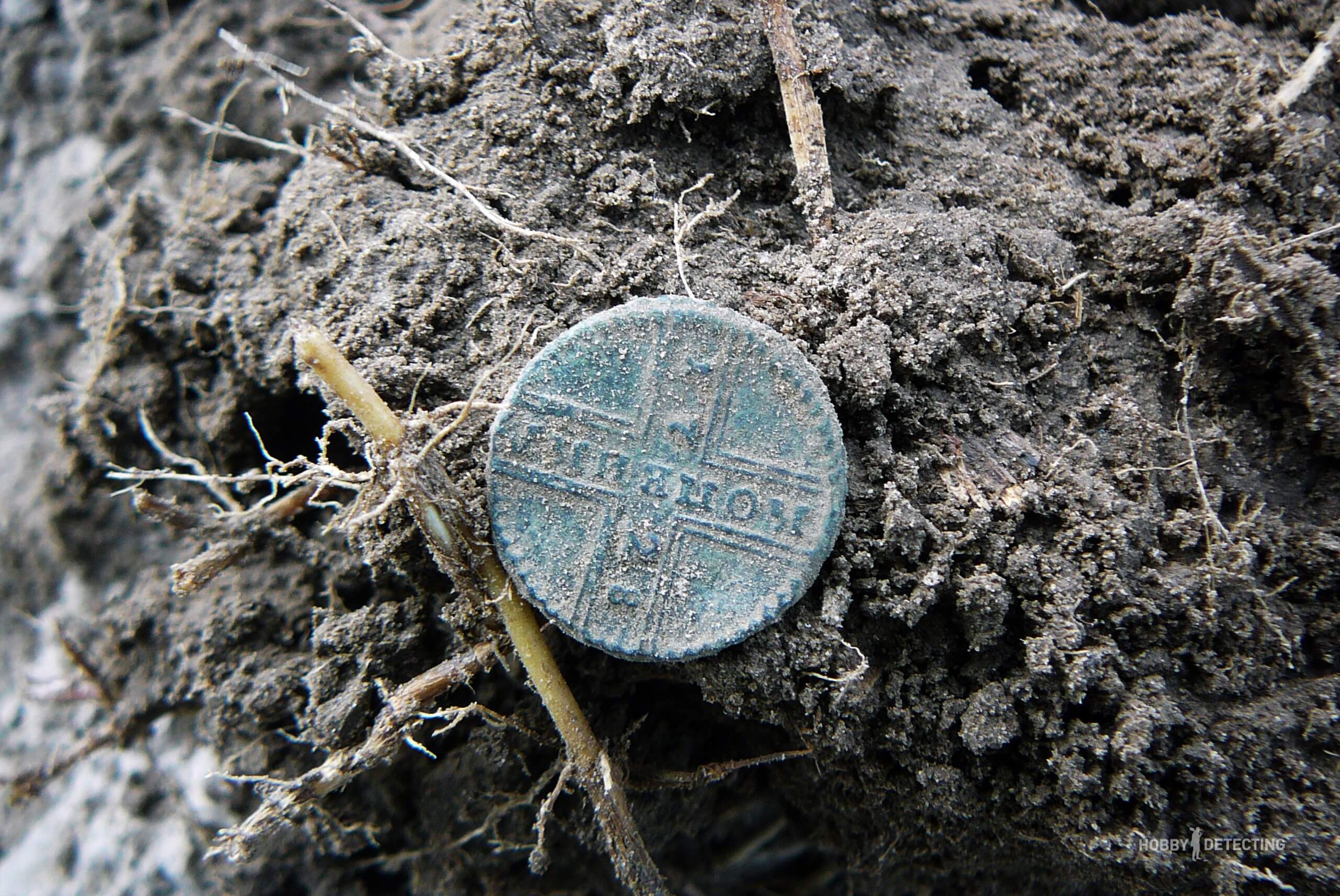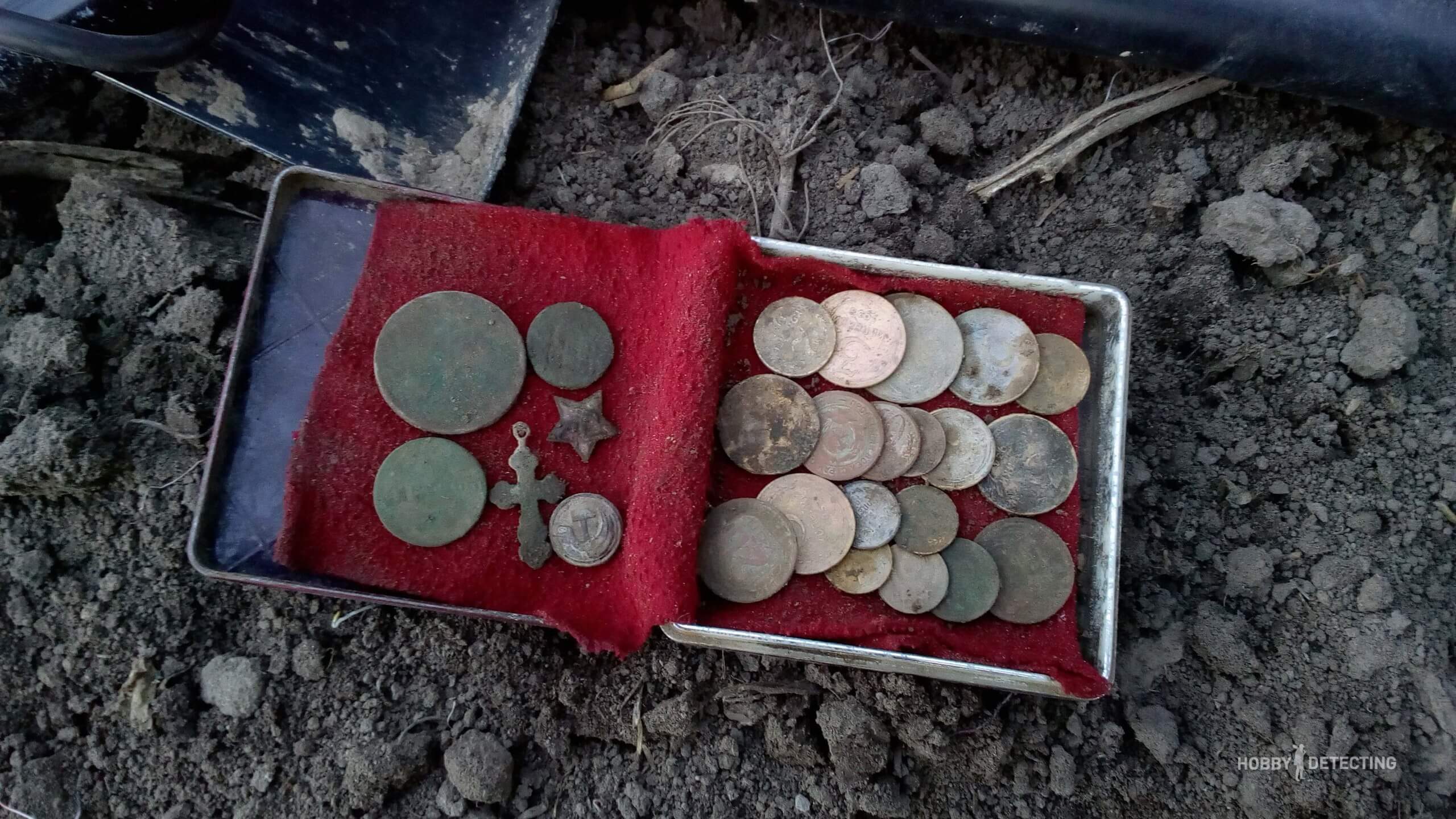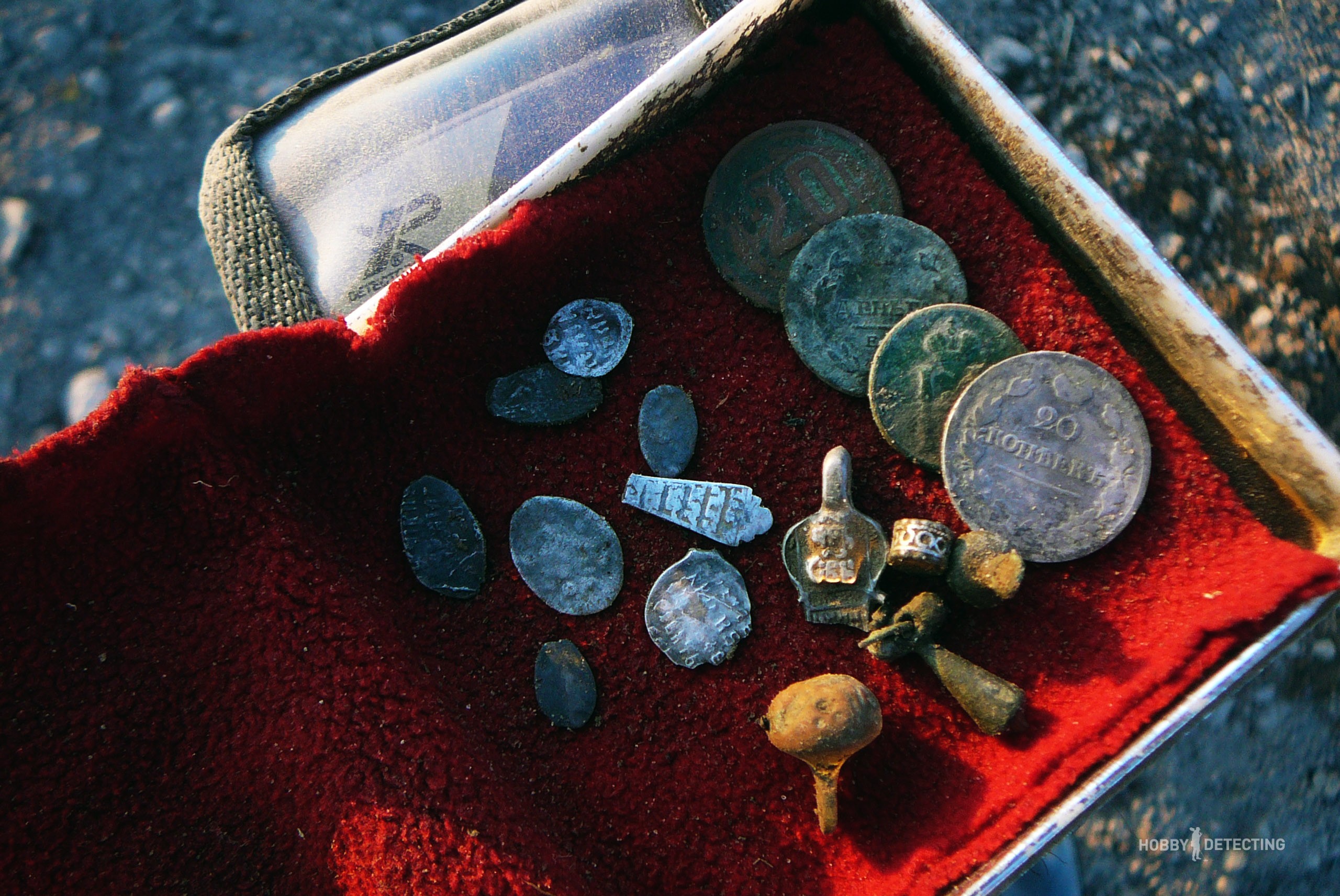Strategies for finding new places to cop. Who's up to what?
Good mood to you, dear readers of our blog. I propose today to discuss the topic of finding new places for a successful, successful and productive cop. It's the middle of winter and this is the best time to make plans for the soon-to-be and much-desired new mining season.
Let me note right away that in this note, I want to try to embrace the immensity. Namely, to systematize and describe as much as possible the strategies and methods that diggers resort to to find new places to dig. Time passes, there are more and more diggers, therefore, old methods, such as: the site This place, a map of elevations along the banks of rivers or places of confluence of rivers, forest ravines and patches of green grass against the backdrop of a burnt-out steppe, in general, everything that used to be could be determined during hours of viewing Google Maps, all this is no longer relevant.
Therefore, I decided to make a small selection of methods that I managed, so to speak, to spy on from comrades. I have someone as a friend, but I learned about the methods of other diggers during friendly conversations when we met on the field. So let's go in order.

Rural (village) digger. It goes without saying that the choice of strategy for finding new places to dig depends entirely on the place of residence of the digger himself. If a lover of instrument search lives in a rural area, and even further away from large cities, then the most important method for him is the systematic cultivation of fields in the area where he lives. Over time, the rural digger begins to understand the logic of searching for new places. It all depends on knowing what historical time this area was inhabited? When were the population growth spurts? Where did people flee to live during enemy raids? How many single-yard houses were there and where could they be found? Where were the ancient roads, highways and bridges not marked on any map? The main thing is that a villager has much more time to dig; therefore, if they have the ingenuity, desire and understanding of their equipment, such diggers quickly begin to navigate the area well and understand where else they can dig dirty.

Resident of the regional center. This category of diggers has much more room for maneuver and choice of locations. If there is no reason for a rural resident to travel anywhere further than 30-40 km from home. Well, why? There, in the neighboring area, exactly the same coins and crosses are lying around the fields. Then, as a city dweller, there is objectively more choice; he can buy gasoline for 200 km anyway. And so, from one such group of city comrades, I spied one very interesting strategy. The fact is that they have been digging for 6-8 years and over the past 5 years they have been compiling a map of their finds. The Koparis created a single map for everyone on Google Maps and agreed upon the discovery of a good find (coins, crosses, rings) to put a point on the map, with the desired color of the point marker. Over five years of such systematic work, they created a very detailed and detailed map of swag places throughout almost the entire region. And now, they can analyze the available information and, based on this, predict where theoretically there might be other interesting places to dig in plowed fields or in the forest.

Capital resident. This category of diggers has three varieties. The first group – it doesn’t matter what hobby you take up, just to get drunk in nature on the weekend. The second group of diggers are those who believe that the further you move from Moscow, the more and richer unbroken places remain. And the third group of comrades are the diggers, who are convinced that if there are diggers in the province, they are not their competitors. Because provincials, as befits provincials, can afford an MD, either home-made soldered, or a second-hand ICQ or grater for the third time. Accordingly, each of these groups chooses the same strategy. This is to climb as far as possible into the most impassable wilderness of the forests in the hope that no one with a metal detector has ever reached them there. Often this strategy works, but most often it doesn’t.
The most successful choice of strategy for metropolitan diggers, in my opinion, is to repeat the strategy of rural comrades. This is when one area is selected for the entire season, a house is rented there, as hunters do, and then, throughout the entire season, departure after departure, this very local area is systematically combed. I know such comrades. Group of two people. In an abandoned village, they are staying with the last resident for the weekend. They pay 1,000 rubles for two days and leave behind the food they didn’t eat. And, I note, they dig very successfully along plowed fields and an old forest road.

Nomads. There are comrades who like to combine the process of searching for new places with a long journey. As a rule, these are diggers who have been interested in instrumental search for several years. Therefore, they seek variety. Tired of digging through the Scythians, they are going to central Russia to dig through the kings. Tired of digging for the war, they go to Tatarstan or Saratov to dig for the Tatars. There are many options, the main thing is a change of culture or historical period. I once met a comrade from Kyiv in the Vladimir region. I was surprised at him, “How did my friend bring you to us???” And he said to me with sadness: “Yes, I’m so tired of digging after the war, but here I’m resting. One color signal per hour and it’s either “kings” or “empire”. And in an hour, fifty casings are dug into the field. I'm tired.”

Search for settlements that disappeared before the first maps appeared. At the moment, this is one of the most common types of searching for new places to dig. This method is widespread because it is the most effective. Long gone are the days when you could simply combine the Mende map with a modern “satellite” to look for disappeared tracts. However, as practice has shown, undigged tracts have not become smaller because of this. For example, if a village appeared after Mende, but disappeared before the Red Army, then you will not find it on the maps. Only on foot and by various indirect signs. Because even the local indigenous people may not know anything about that village. But the most interesting are the tracts of settlements that were burned down in the past and built in a new, more convenient location. Thus, villages or even large villages of several hundred houses could be moved up to 10 kilometers from their original location. Finding such tracts can take a lot of time and tens of kilometers of trampled fields. But, all this more than pays off if what you are looking for is discovered with a large number of wonderful finds, emotions and a sense of self-satisfaction.
There is, however, one minus here. I somehow found such a tract with five yards. I dig and rejoice, the finds are fire. I dug for two days, and on the third, a UAZ drove past on the road in one direction, then returned and two comrades got out of the car, and let’s dig next to each other as if nothing had happened. And what should I tell them?

Survey of local residents. Recently, videos and notes with similar titles have become simply an obsessive, viral phenomenon among the Kopar content. I don’t know, maybe they can do it. So, “grandfather showed the place” (in the forest, on the outskirts of the village, in a ravine, on the river bank… underline what is necessary) And the diggers, following this tip, either dig up a purse, or two tons of scrap metal. For some reason everything is completely different for me. During the first year of my hobby as a cop, I was invited five or six times to dig up a “100% treasure” in the garden. Friends, relatives, acquaintances, relatives and further on the principle of five handshakes. And the same stories are everywhere. Either I saw the treasure in a dream, or the delirious grandmother told me before her death, or a drunk neighbor told me more than once how the Mongols on that bridge dropped a whole cart of gold into the river. (I saw it myself) And yet, at least three times, communication with tractor drivers in the field gave me useful information. So, this strategy works, but like with grants in the movie Brother 2.

In old places with a new metal detector. The same is true and effective strategy. Especially if no one else has dug that same old place except you. As an example. This summer I replaced my tried and true Fisher F70 with the XP ORX as standard. I decided to test the new MD for myself on the first knocked out place and then again on the 10th finished place. Farmstead of the 18th century. I must say that at that place and on the first day of the cop it was not so enchanting with the finds. Why wait? I wasn't the first there. So. I arrived with a new MD and in an hour I dug up five color signals. Buttons of weights and fragments of crosses. Now, now I’m looking forward to spring, when it will be possible to dig through the dead grass in the cut-out areas. Although here one must be objective, the reason for such a good result in knocked-out places may not be the new MD, but the increased level of professionalism of the digger himself. So, it’s up to the digger to decide.
Here we have a small but informative and hopefully useful note for our readers. If you liked it? Like, subscribe to our channel and be sure to write in the comments, what strategy for choosing and finding new places to cop do you follow?

